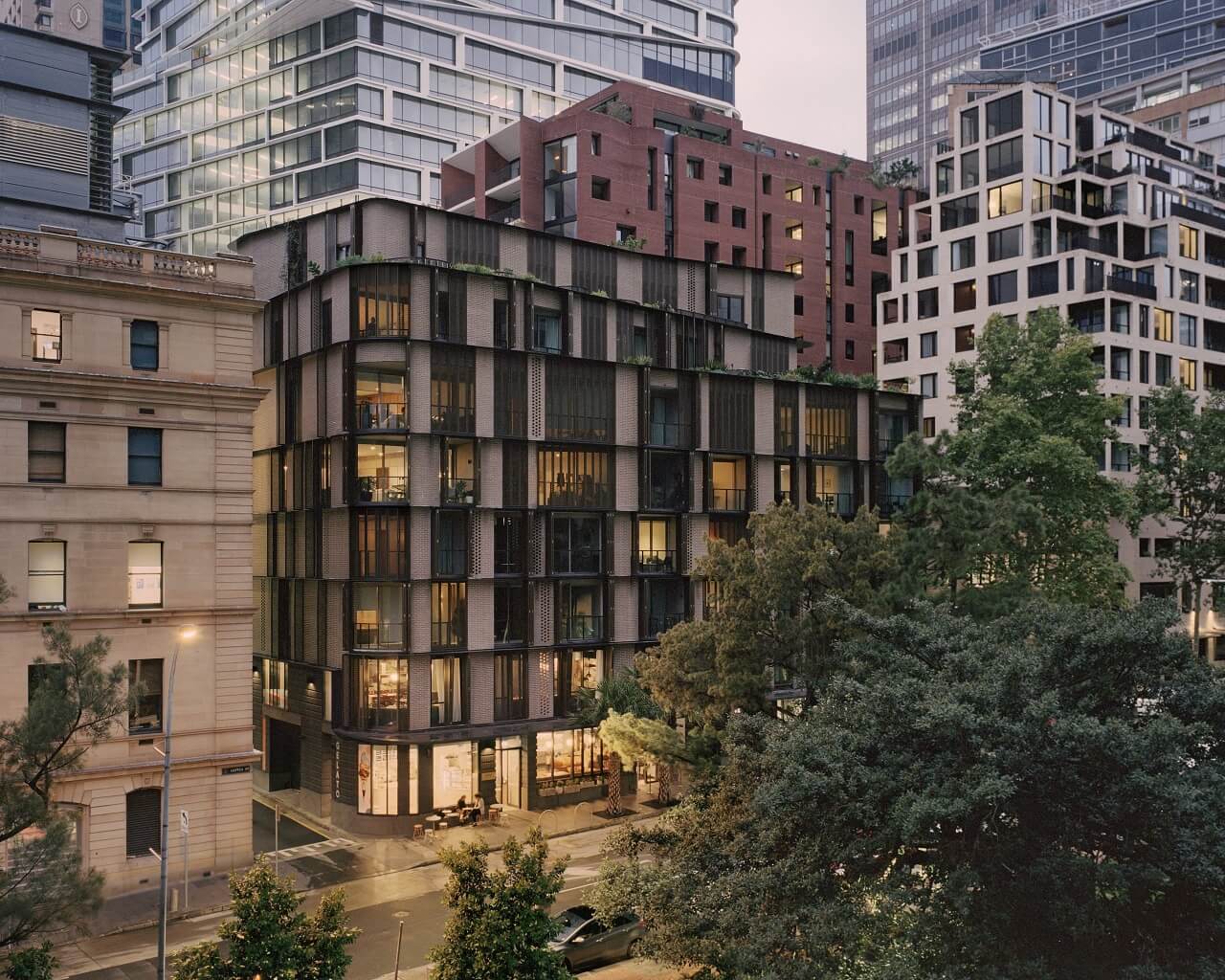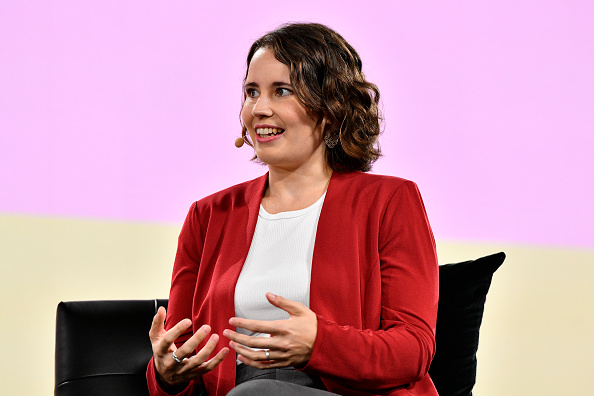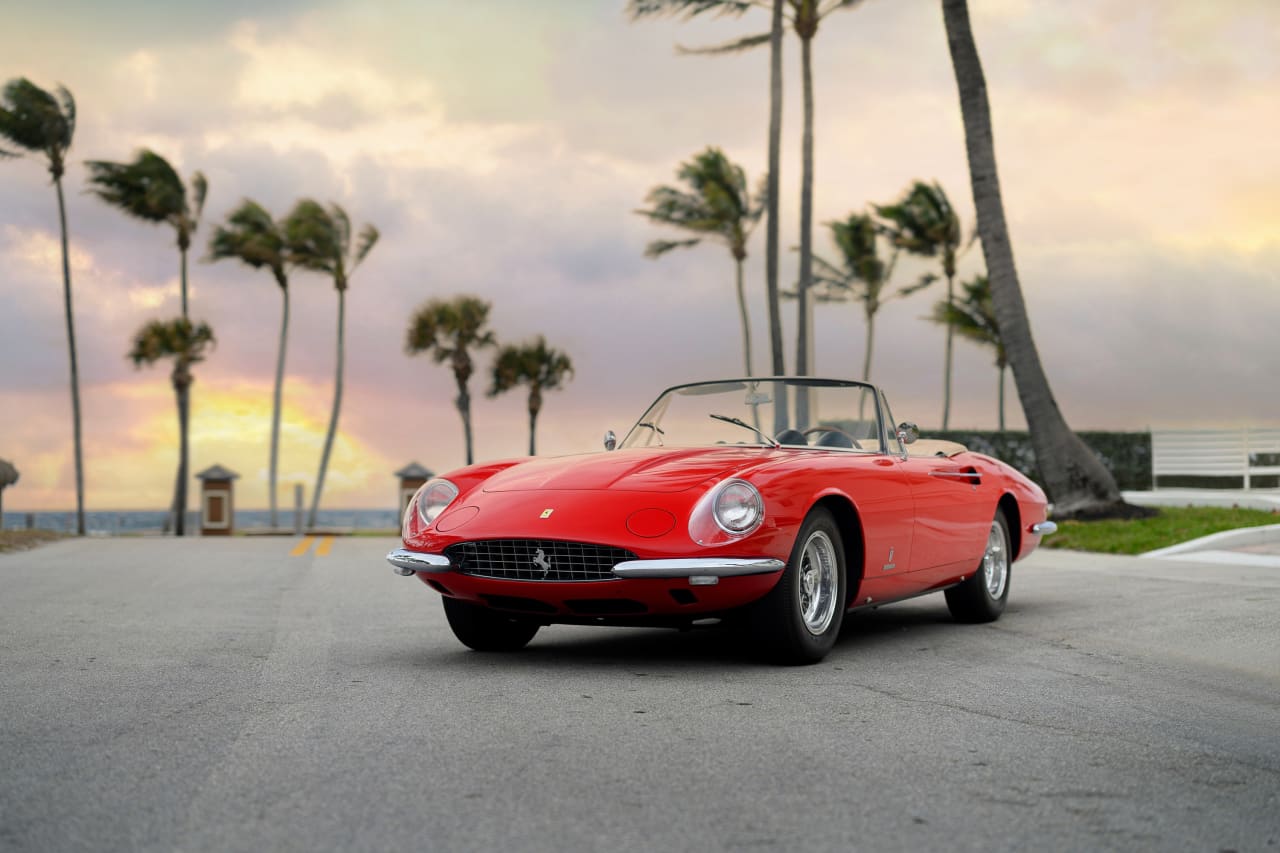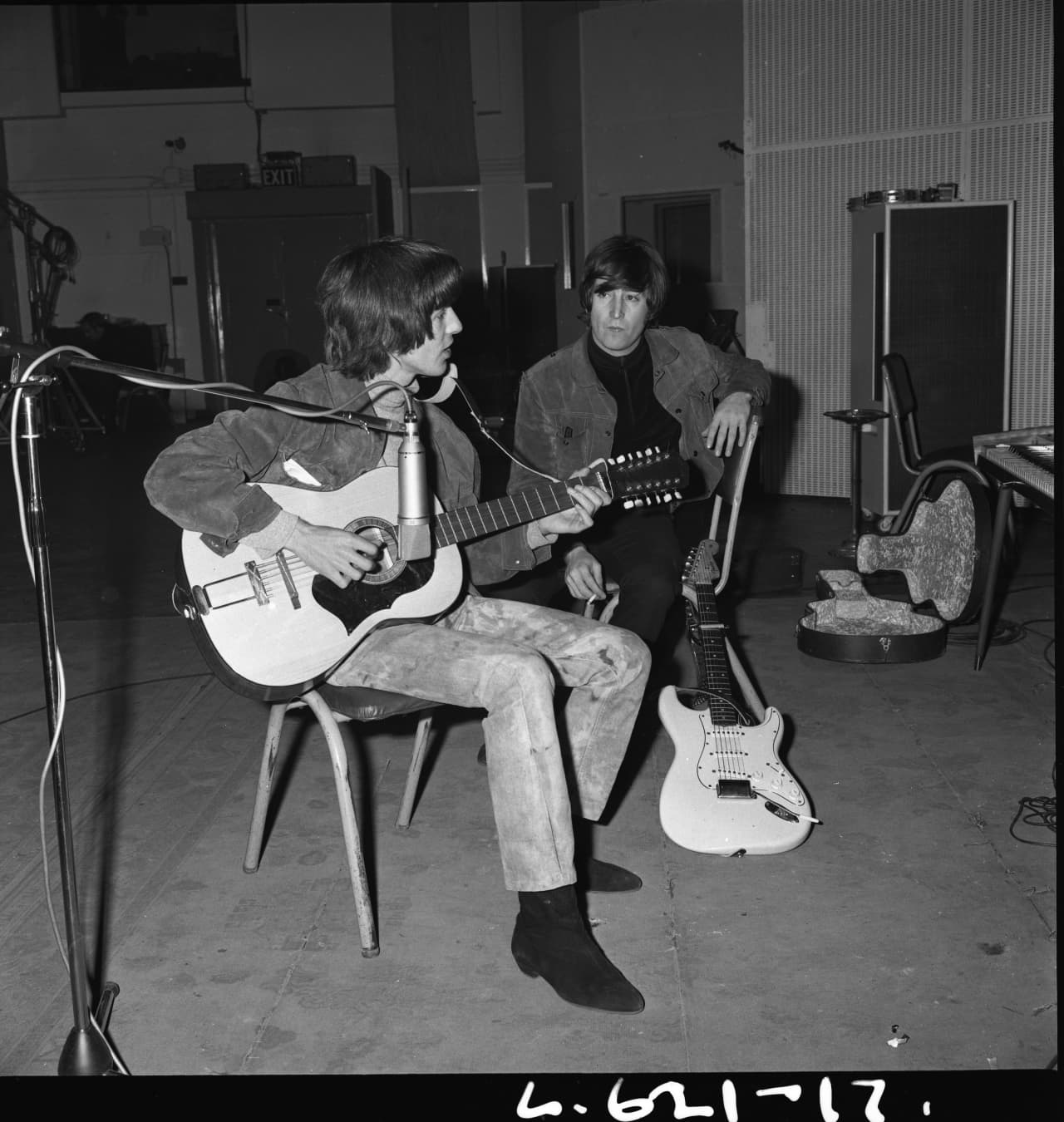The award-winning development changing the way design is done in Sydney
Quay Quarter Lanes won the Walter Burley Griffin Award for Urban Design in last week’s Australian Institute of Architects awards
I t’s 6pm on a weeknight and already, basement bar Apollonia on Young Street is full. Earlier in the day, queues snake along Loftus Lane as customers wait their turn to order lunch at Marrickville Pork Roll. It’s the same story at nearby Hinchcliff House, where it can take weeks to book a table at the busy restaurant.
While Quay Quarter Laneways at Sydney’s Circular Quay has picked up a number of awards, including the Lord Mayor’s Prize for Architecture and the Urban Design Award, it is perhaps the locals who offer the best measure of its success. For architect Shaun Carter, director of CarterWilliamson, it’s a delight to see so many people engaging with this part of the city.
“Before we started working on the laneway, it was scary,” he says.
Made up of five buildings – two existing heritage buildings and three new – Quay Quarter Lanes, tucked in behind the historic Customs House is the result of an eight-year process involving five architectural studios. While Loftus Lane is the main through way for visitors, 9 Young Street by Studio Bright, 15 and 11 Young Street by SJB and 18 Loftus Street by Silvester Fuller are home to several floors of apartments, as well as roof gardens and terraces, balancing privacy with world class views of Circular Quay. Two of the new buildings will also have office, retail and hospitality spaces.
Hinchciff House, one of only two surviving woolstores at Circular Quay, became the focus for the studio of CarterWilliamson while Lippmann Partnership took on Gallipoli Memorial Club.
Engaging five leading (but not large) Sydney architecture studios to collaborate on Quay Quarter Lanes, rather than one firm, is a marked departure from the way redevelopment has been done in Sydney. ASPECT Studios took responsibility for the landscape and urban design for both Quay Quarter Lanes and the adjacent Quay Quarter Tower.
Co-ordinating architect and SJB director Adam Haddow says bringing in five studios to work across the 2,200sqm site allowed for greater attention to be given to even the smallest aspects of each building.
“The best architecture is about smallness and specificity,” Haddow says. “Each building had its own site foreman and architect leading it. When you can form a team of diverse thinkers who can work those issues out between boundaries, you get great results.”
Although the buildings are quite different, the expectation was that they would make room for each other to be their best selves. This required a lot of conversations between architectural practices.
“It was a bit like herding cats,” Haddow admits. “But if you leave a project in one set of hands, no matter how good those hands are, they are spread thinly. If you can get many hands doing small things there is ‘bigness’.”
Carter says the collective met on site on a weekly basis to discuss progress of their work and how it would relate to the other buildings.
“It was like State of Origin where you have all the best players on the one team and they all had to play their part in the retelling of a Sydney block. But it only works if you have great players on the team,” Carter says.
“We met every Thursday and everyone would be tired because of the level of commitment -which was outstanding – but it meant often we weren’t getting enough sleep.”
Drawing on the history of the site, the palette is varied and yet sympathetic, leaning into the texture and warmth of brick for the new buildings and reviving the beauty of the original sandstone for the existing buildings.
In some parts, new brickwork curves upwards, like it has been peeled back from the building. Other parts have arched ceilings finished in finely worked plaster.
“When we started having conversations we had six teams working on how to define ‘place’,” Haddow says. “ASPECT found references to the ‘pleasure grounds’ that they created near Customs House in the early 1800s where people used to come together.”
Wiradjuri/Kamilaroi artist Jonathan Jones was selected to design a number of artworks that have been integrated into the site, from ‘oyster shells’ embedded into mortar lines as a reference to Indigenous middens once found on this site, to ‘fish scales’ using green marble from the demolished lobby of 50 Bridge Street.
“There was a strong narrative of people coming together on the site,” says Haddow.
Tucked in behind the heritage protected Customs House, the development also needed to take site lines to Circular Quay and the harbour into account. Once again, the coordinated collaboration paid dividends.
“All the buildings look down on Customs House,” he says. “Ours was the tallest building at the back so we consolidated the aircon plant so that not every building has to have that ugly service part to it. All the rubbish is also collected in one spot.”
For Haddow, it’s also the rubbish that has been his measure of the success of this project.
“When people really live somewhere, they take care of it and look after it,” he says. “I noticed one evening that there was a guy walking along picking up rubbish and I thought ‘you live here’.”
Lucky guy.
See more stories like this in the first issue of Kanebridge Quarterly magazine here.
This stylish family home combines a classic palette and finishes with a flexible floorplan
Just 55 minutes from Sydney, make this your creative getaway located in the majestic Hawkesbury region.
The marketplace has spoken and, at least for now, it’s showing preference for hybrids and plug-in hybrids (PHEVs) over battery electrics. That makes Toyota’s foot dragging on EVs (and full speed ahead on hybrids) look fairly wise, though the timeline along a bumpy road still gets us to full electrification by 2035.
Italian supercar producer Lamborghini, in business since 1963, is also proceeding, incrementally, toward battery power. In an interview, Federico Foschini , Lamborghini’s chief global marketing and sales officer, talked about the new Urus SE plug-in hybrid the company showed at its lounge in New York on Monday.
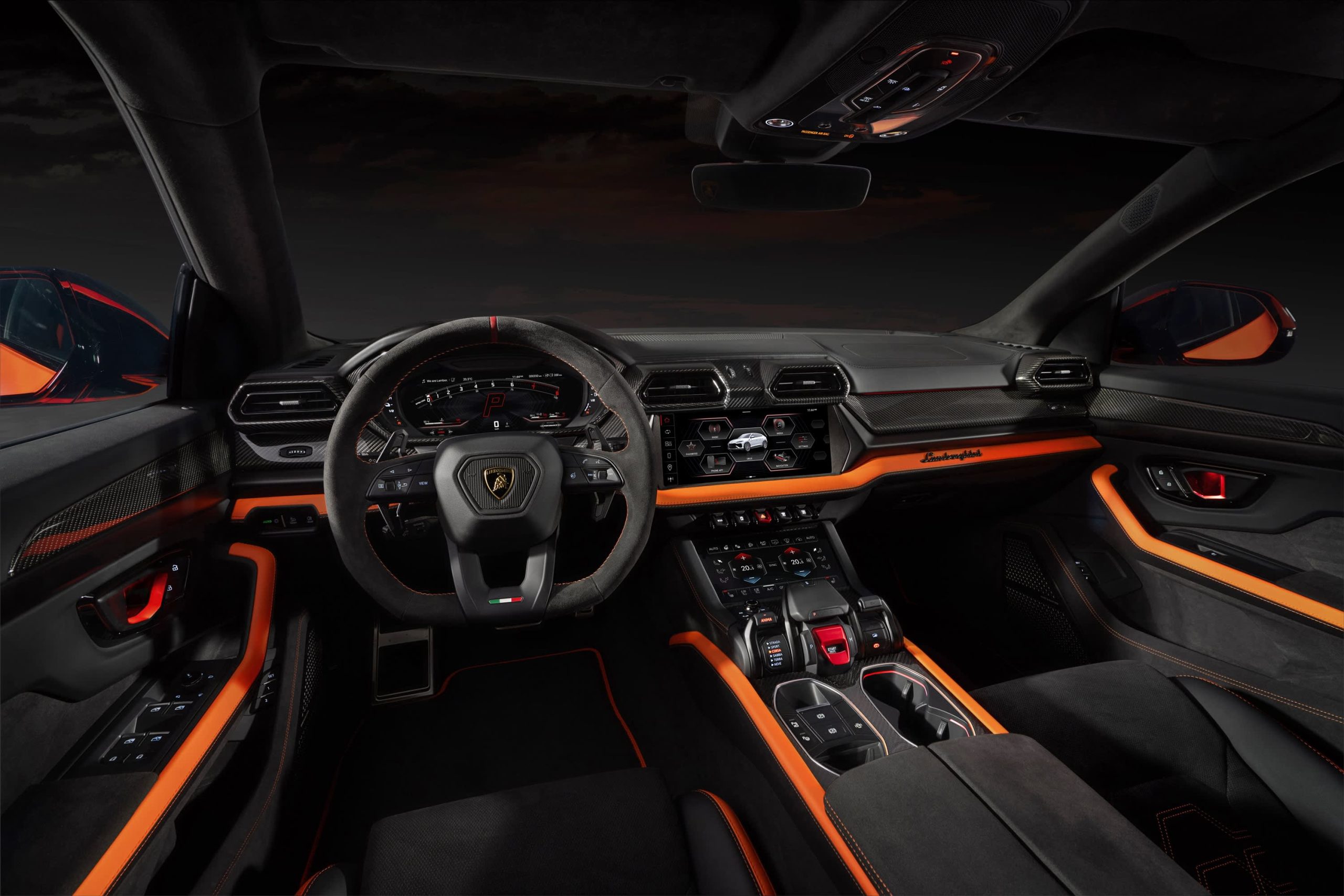
Lamborghini
The Urus SE SUV will sell for US$258,000 in the U.S. (the company’s biggest market) when it goes on sale internationally in the first quarter of 2025, Foschini says.
“We’re using the contribution from the electric motor and battery to not only lower emissions but also to boost performance,” he says. “Next year, all three of our models [the others are the Revuelto, a PHEV from launch, and the continuation of the Huracán] will be available as PHEVs.”
The Euro-spec Urus SE will have a stated 37 miles of electric-only range, thanks to a 192-horsepower electric motor and a 25.9-kilowatt-hour battery, but that distance will probably be less in stricter U.S. federal testing. In electric mode, the SE can reach 81 miles per hour. With the 4-litre 620-horsepower twin-turbo V8 engine engaged, the picture is quite different. With 789 horsepower and 701 pound-feet of torque on tap, the SE—as big as it is—can reach 62 mph in 3.4 seconds and attain 193 mph. It’s marginally faster than the Urus S, but also slightly under the cutting-edge Urus Performante model. Lamborghini says the SE reduces emissions by 80% compared to a standard Urus.
Lamborghini’s Urus plans are a little complicated. The company’s order books are full through 2025, but after that it plans to ditch the S and Performante models and produce only the SE. That’s only for a year, however, because the all-electric Urus should arrive by 2029.
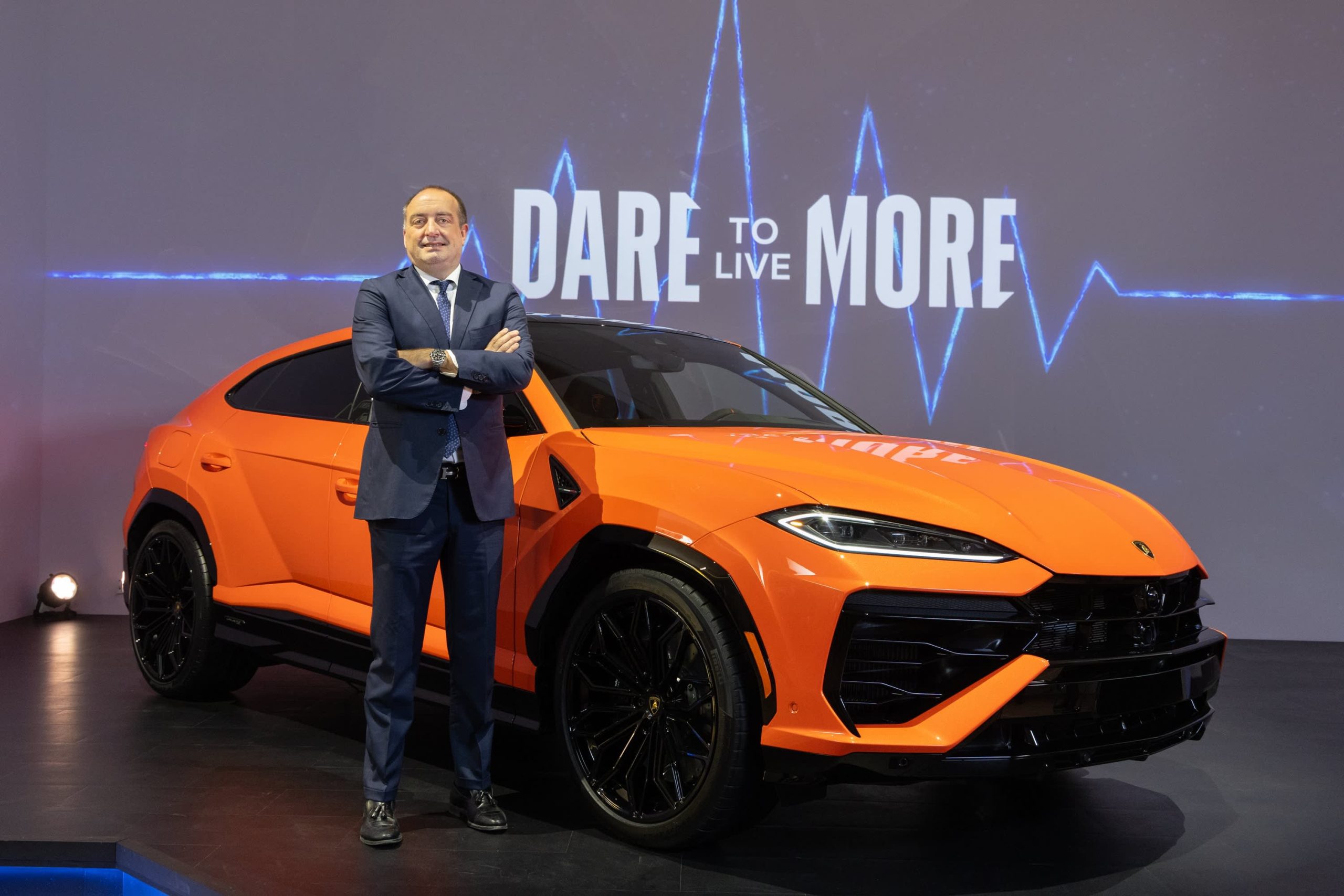
Lamborghini
Thanks to the electric motor, the Urus SE offers all-wheel drive. The motor is situated inside the eight-speed automatic transmission, and it acts as a booster for the V8 but it can also drive the wheels on its own. The electric torque-vectoring system distributes power to the wheels that need it for improved cornering. The Urus SE has six driving modes, with variations that give a total of 11 performance options. There are carbon ceramic brakes front and rear.
To distinguish it, the Urus SE gets a new “floating” hood design and a new grille, headlights with matrix LED technology and a new lighting signature, and a redesigned bumper. There are more than 100 bodywork styling options, and 47 interior color combinations, with four embroidery types. The rear liftgate has also been restyled, with lights that connect the tail light clusters. The rear diffuser was redesigned to give 35% more downforce (compared to the Urus S) and keep the car on the road.
The Urus represents about 60% of U.S. Lamborghini sales, Foschini says, and in the early years 80% of buyers were new to the brand. Now it’s down to 70%because, as Foschini says, some happy Urus owners have upgraded to the Performante model. Lamborghini sold 3,000 cars last year in the U.S., where it has 44 dealers. Global sales were 10,112, the first time the marque went into five figures.
The average Urus buyer is 45 years old, though it’s 10 years younger in China and 10 years older in Japan. Only 10% are women, though that percentage is increasing.
“The customer base is widening, thanks to the broad appeal of the Urus—it’s a very usable car,” Foschini says. “The new buyers are successful in business, appreciate the technology, the performance, the unconventional design, and the fun-to-drive nature of the Urus.”
Maserati has two SUVs in its lineup, the Levante and the smaller Grecale. But Foschini says Lamborghini has no such plans. “A smaller SUV is not consistent with the positioning of our brand,” he says. “It’s not what we need in our portfolio now.”
It’s unclear exactly when Lamborghini will become an all-battery-electric brand. Foschini says that the Italian automaker is working with Volkswagen Group partner Porsche on e-fuel, synthetic and renewably made gasoline that could presumably extend the brand’s internal-combustion identity. But now, e-fuel is very expensive to make as it relies on wind power and captured carbon dioxide.
During Monterey Car Week in 2023, Lamborghini showed the Lanzador , a 2+2 electric concept car with high ground clearance that is headed for production. “This is the right electric vehicle for us,” Foschini says. “And the production version will look better than the concept.” The Lanzador, Lamborghini’s fourth model, should arrive in 2028.
Consumers are going to gravitate toward applications powered by the buzzy new technology, analyst Michael Wolf predicts
Just 55 minutes from Sydney, make this your creative getaway located in the majestic Hawkesbury region.









